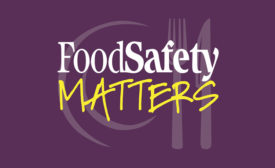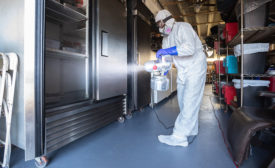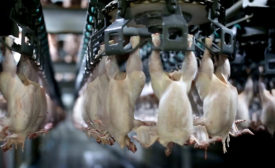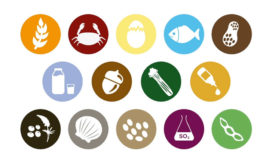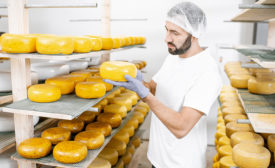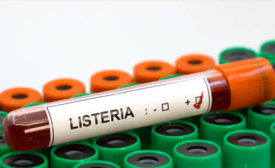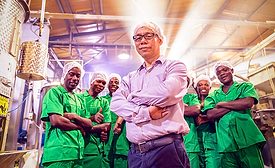Management
The Rise of Antimicrobial Coatings Usage and Standards
A renewed interest in the use of antimicrobial coatings in the food sector has been observed with the COVID-19 pandemic
February 22, 2022
Food Safety and Employee Safety: Two Sides of the Same Coin
The demand for accountability around food safety should be the same for employee safety
February 22, 2022
Anatomy of Food Allergen Recalls
While food allergen recalls are unwelcome, potentially valuable lessons can be learned from these events
February 22, 2022
Using Lean Tools to Transform Your Food Safety Culture
Transforming food safety culture starts with the lean principles of respect for people and full engagement
February 16, 2022
Global Food Safety Culture: Europe
Four predominant features around food safety culture have been identified in European cultures
February 16, 2022
How WGS Continues to Change Food Safety
Whole genome sequencing is helping identify the root cause of more foodborne illness outbreaks
February 16, 2022
COVID-19, the Food Supply, and Cybersecurity: Coalescing Concerns
COVID-19 dramatically disrupted the food supply, but we must be prepared to tackle new kinds of disruptions in the future.
February 16, 2022
Never miss the latest news and trends driving the food safety industry
eNewsletter | Website | eMagazine
JOIN TODAY!Copyright ©2025. All Rights Reserved BNP Media.
Design, CMS, Hosting & Web Development :: ePublishing
